Much of Helen's reading has consisted of older classics: Kenneth Grahame's The Wind in the Willows (1908), Arthur Ransome's Swallows and Amazons (1930), Noel Streatfeild's Ballet Shoes (1936), J.R.R. Tolkien's The Hobbit (1937), James Thurber's The 13 Clocks (1950), Gillian Avery's The Warden's Niece (1957), Madeleine l'Engle's A Wrinkle in Time (1962), Maurice Druon's Memoirs of Zeus (1964), Berlie Doherty's Children of Winter (1985), and Karen Cushman's Catherine, Called Birdy (1994). (She didn't read these in chronological order!)
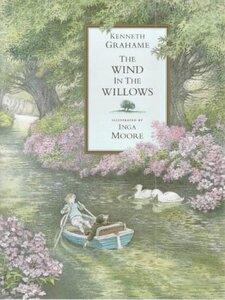 |
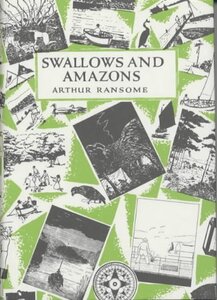 |
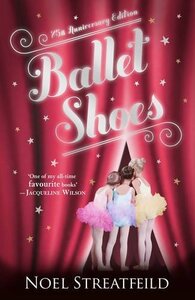 |
 |
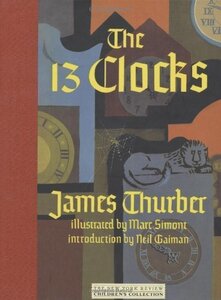 |
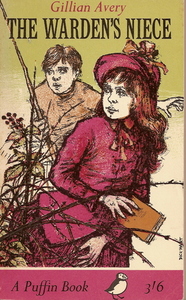 |
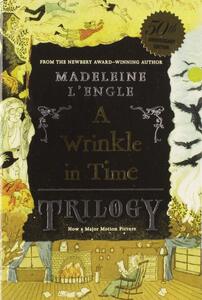 |
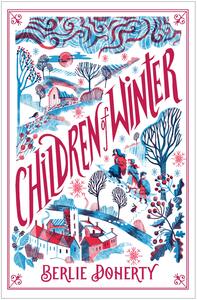 |
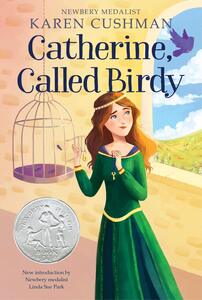 |
These are all fun, though the Avery and L'Engle and Druon are perhaps a bit dated.
More modern classics include Salman Rushdie's Luka and the Fire of Life (2010), Onjali Rauf's The Boy at the Back of the Class (2018), Erin Bow's Stand on the Sky (2019), and Hilary McKay's The Skylarks' War (2018) and The Swallows' Flight (2021). One memorable non-fiction book has been Big Ideas for Curious Minds, an attempt to take one accessible idea from each of twenty six philosophers and pitch it for children.
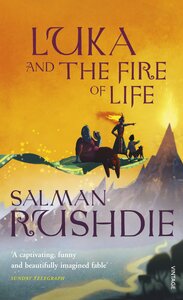 |
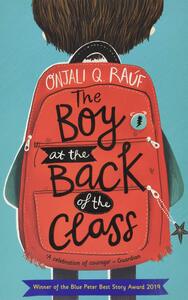 |
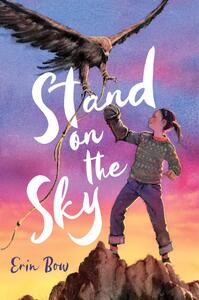 |
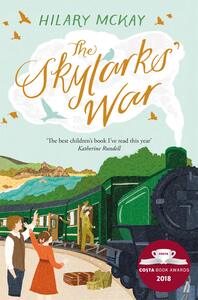 |
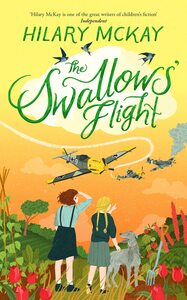 |
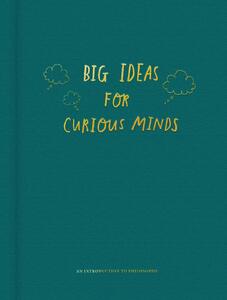 |
For lighter reading, two series have dominated. The Zoe's Rescue Zoo books are very simple - Helen can get through one in less than half an hour - and the Roman Mysteries are chunkier but still pretty simple. But there are 21 and 17 of these, respectively, so they kept her happy for quite some time.
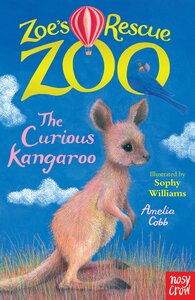 |
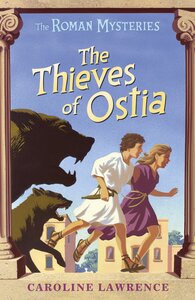 |
I've continued sharing bits of my own reading with Helen. Notable fiction includes a large chunk of Gospodinov's The Physics of Sorrow and a lot of short stories. One that she took to, and in fact re-read by herself, was Kjell Askildsen's "Thomas F's Last Notes for the Public" (from the book Everything Like Before). "The Riddle of the Universe and its Solution" (Christopher Cherniak) and "The Circular Ruins" (Jorge Luis Borges), both included in Hofstadter and Dennett's The Mind's I, were surprising hits and we went on to read more Borges: "The Rose of Paracelsus", "The Book of Sand" and "The House of Asterion". In contrast, neither of us really knew what to make of Antonio Tabucchi's "The Heirs are Grateful" (from Stories with Pictures).
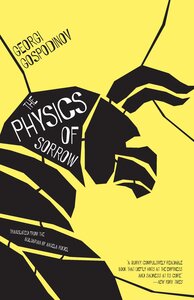 |
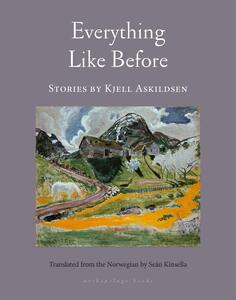 |
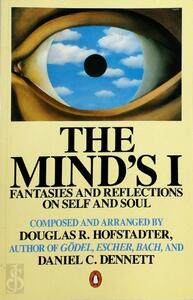 |
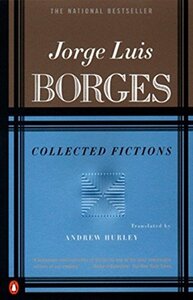 |
She read a good part of Logicomix: A Epic Search for Truth (Doxiadis and Papdimitriou's graphic novel about Bertrand Russell) and I read her the explanation of Hilbert's Hotel from Joel Hamkins' Lectures on the Philosophy of Mathematics. Since she was doing the Stone Age at school, I read her chunks of Barry Cunliffe's Britain Begins and Ian Gilligan's Climate, Clothing, and Agriculture in Prehistory, supplemented with an exposition of the abstract of "Population Replacement in Early Neolithic Britain" (Brace et al.). We also read quite a bit of Jellyfish: A Natural History.
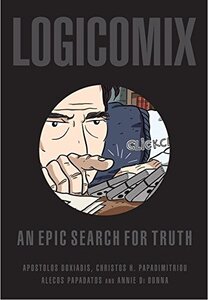 |
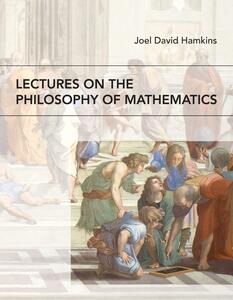 |
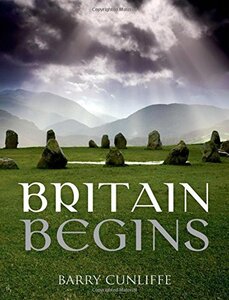 |
 |
